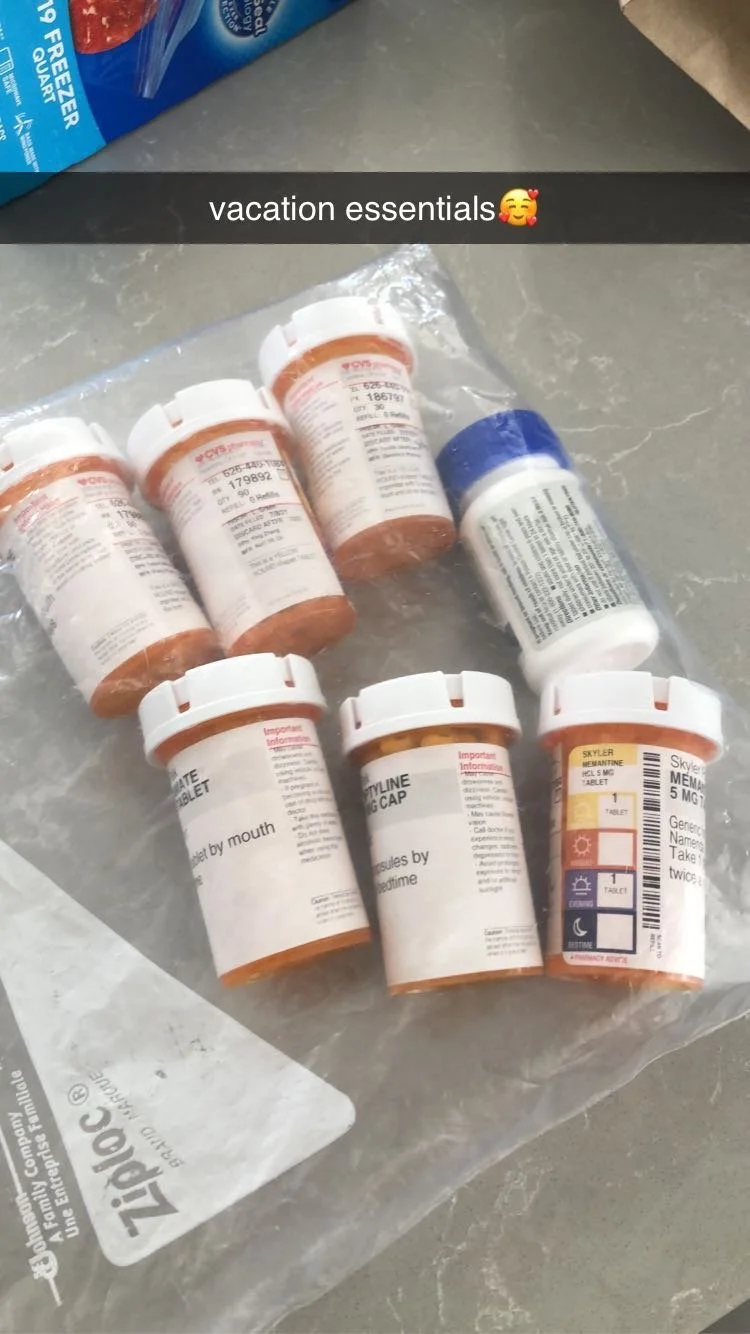Hope in the midst of an endless cycle: Let’s talk about chronic pain
There is always light at the end of the tunnel. As someone with chronic pain, this can be one of the most frustrating phrases to hear, but it is true.
Let’s rewind. In 2020, I was diagnosed with idiopathic intracranial hypertension. This means that high pressure in my brain causes symptoms like headaches and vision changes, and the “idiopathic” part refers to an unknown cause. My doctors thought the multiple concussions from my years as a gymnast could possibly have something to do with it, but it was still unclear. The prolonged screen time and stress during the pandemic did not help with the pain so during my freshman year of college, I was at HSC nearly three times per week. I saw a neurologist, ophthalmologist, physical therapist, occupational therapist and psychiatrist all at once. I started six new medications and regularly increased dosages to manage the pain. Magnesium infusions and emergency shots were also incorporated into the rotation. I had multiple procedures called lumbar punctures to measure the fluid’s pressure. I constantly felt groggy from all the meds and the overwhelming pain led to a long period of depression. Throughout all of this, I was trying to do my best in my first year of college.
I think what is difficult about chronic pain is having to come to terms with the very real possibility that this is something that will be with you forever. I wallowed in this for a while to be completely honest, but at some point, I decided that migraines were not going to set the course of my life.
I started going to therapy on a consistent basis, put together a “migraine toolkit” with the help of my occupational therapist, registered with OSAS to get accommodations, and began a new treatment option that I had put off for a while. But what helped the most was my change in mindset: I transitioned to a completely different approach to life that includes putting health first. For years, I simply pushed through the pain, as I was often told to do in my sports. I thought passively going to doctor’s appointments and swallowing pills was “taking care of myself,” but I was wrong. I still go to the appointments and take my meds, but I’ve also made some pretty dramatic lifestyle changes. I’m taking less units per semester, immersing myself in extracurriculars that I’m truly passionate about, spending time with my friends, cooking, incorporating daily movement into my schedule and overall just doing things that I love.
The pain is still there, but it doesn’t define me. And this adjustment in both mindset and lifestyle changes has made it much more manageable. Nevertheless, chronic pain can be very isolating, so if you know someone with a chronic condition, please reach out to them. That support system is essential, especially in dealing with the mental challenges that are associated with this. I’ve lost track of the number of times my mom and sister have helped me through particularly bad migraine episodes; I truly don’t know what I’d do without them.
All of this boils down to that it can and will get better. And please ask your friends and loved ones how they’re doing – you never know what they may be going through. The light at the end of the tunnel can be reached, especially with a helping hand.
